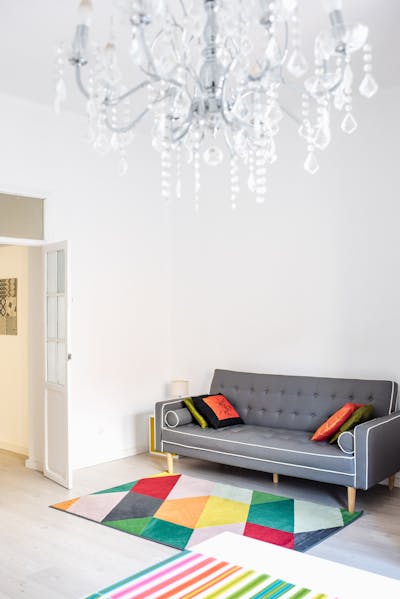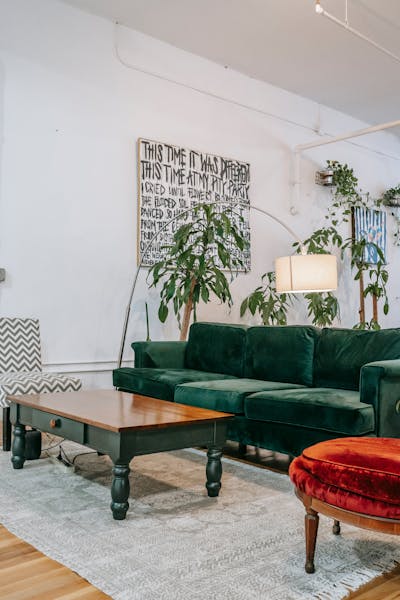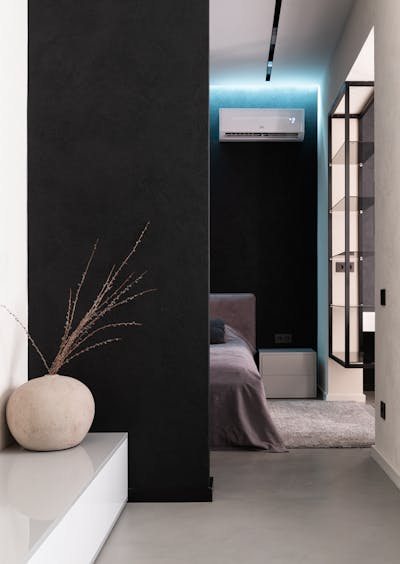Color plays an essential role in rug design, affecting not only the aesthetics of your space but also the mood and emotions associated with it. Understanding color theory can help you make informed decisions when selecting a rug for your home. In this article, we’ll explore the principles of color theory, how to apply them to rug design, and the impact of color on room aesthetics.

Understanding Color Theory
Color theory encompasses the concepts of color mixing, color harmony, and the psychological effects of specific colors. Here are the primary aspects of color theory relevant to rug design:
1. The Color Wheel
The color wheel is a circular diagram that represents the relationships between different colors. It is divided into primary, secondary, and tertiary colors:
- Primary Colors: Red, yellow, and blue are the three primary colors from which other colors are derived.
- Secondary Colors: Created by mixing two primary colors; green, orange, and purple are secondary colors.
- Tertiary Colors: Formed by mixing a primary color with a secondary color, creating hues like red-orange or blue-green.

2. Color Harmony
Color harmony refers to the pleasing arrangement of colors, providing balance and visual interest. There are several types of color harmony:
- Complementary Colors: Colors that are opposite each other on the color wheel (like red and green) create high contrast and vibrant combinations.
- Analogous Colors: Colors that are next to each other on the color wheel (like blue, green, and cyan) result in a serene and comfortable palette.
- Triadic Colors: Three colors that are evenly spaced around the color wheel (like red, yellow, and blue) offer a balanced and dynamic look.
Applying Color Theory to Rug Design
When selecting a rug, applying color theory can help enhance your room's aesthetics. Here are some tips:
1. Consider Your Room’s Color Palette
Evaluate the existing colors in your room. Your rug should complement the dominant hues while also matching your desired color scheme. Use color harmony techniques to create balance in the room.

2. Use Color to Set the Mood
Colors can drastically influence the mood of a space. For instance, warm colors like reds and yellows can energize the area, while cooler colors, like blue and green, evoke calmness.
3. Create Focal Points
A boldly colored rug can serve as a focal point in your room, drawing attention and providing a visual anchor. Consider using complimentary colors to make the rug stand out.

The Impact of Rug Color on Room Aesthetics
The color of your rug can impact the overall aesthetics of the room in various ways:
1. Spatial Perception
Light colors can make a room feel larger and more open, while dark colors can create an intimate and cozy atmosphere. Consider the size and light levels in your space when choosing rug colors.
2. Incorporating Accent Colors
If your room has a neutral base, consider using rugs with vibrant accent colors to introduce personality without overwhelming the space.
3. Changing Seasons
Color can be seasonal too. Consider switching out your rugs to reflect seasonal colors that resonate with spring, summer, fall, or winter vibes.

Final Thoughts
Color plays a vital role in the impact of rug design on room aesthetics. By understanding color theory and its applications, you can create a harmonious and inviting atmosphere. Whether you're enhancing existing decor or incorporating a bold statement piece, the right choice of color can redefine your space and reflect your unique style.



